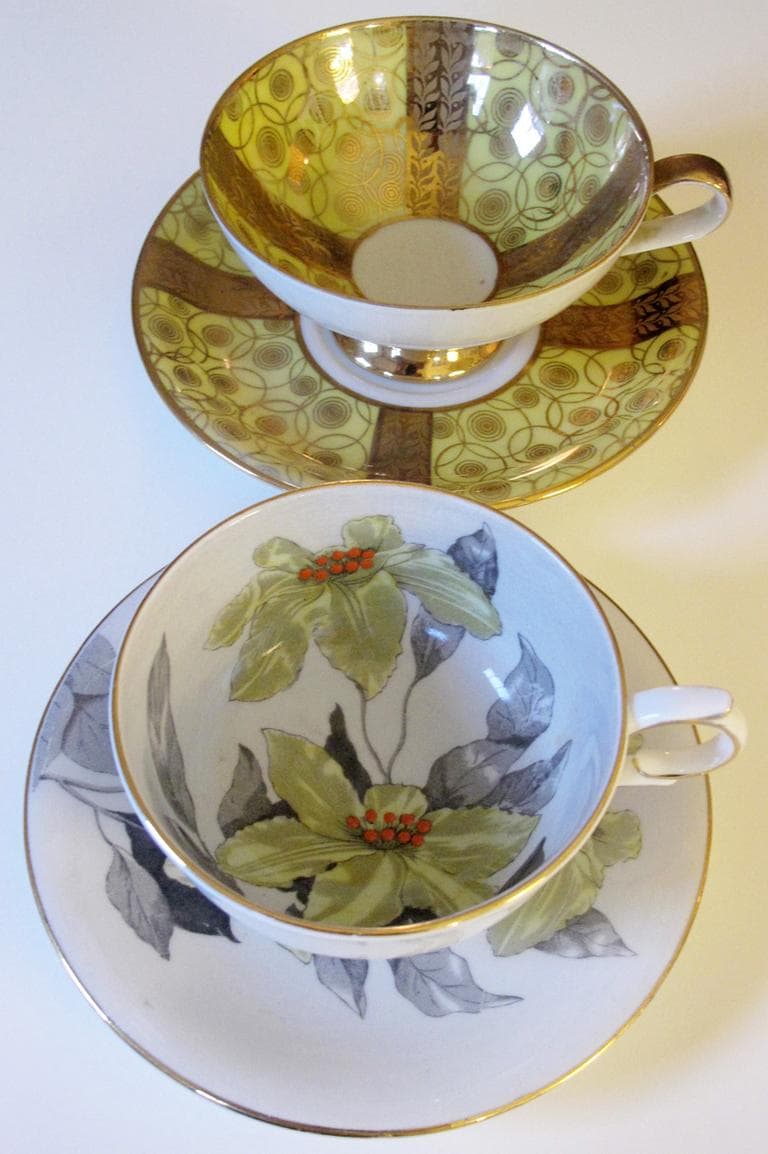Advertisement
When Everyone Has An Apothecary Table
I first engaged in full-blown, avid snooping at the age of 12, when my Aunt Bernice and Uncle Charlie asked me to babysit for a few hours while they went to the movies. As soon as my younger cousins fell asleep, I made a beeline for the medicine chest, where I took stock of my aunt’s many creams, sprays, and powders. Next, I checked out the family’s pantry, impressed to find four ears of corn rather than a can of kernels. I scanned the titles of the books on their shelves, studied the framed photographs on the wall, picked up and put down every porcelain dish in the china cabinet, and – I mention this in the spirit of total disclosure, though it still makes me blush – rifled through all the drawers of the bureau in their bedroom.
As much as I worried that I might get caught carrying out these investigative raids – what if the movie had been sold out and they returned home earlier than I had expected? ‒ I couldn’t stop. My desire to infiltrate their lives, to define this family, to understand what made them tick, was insatiable.
Rummaging through my aunt and uncle’s house provided me with a snapshot of their lives and revealed what might otherwise have been indecipherable.
Even now, decades later, I am fascinated by the stuff in other people’s homes. Repositories of memories, experiences, idiosyncrasies and emotions, the things we choose to live with, reflected by what we collect, arrange, care for and love, are a clear reflection of who we are. The very best houses are the ones that speak about their inhabitants even when – especially when ‒ they are not at home. Rummaging through my aunt and uncle’s house provided me with a snapshot of their lives and revealed what might otherwise have been indecipherable.
Lately, though, making a house has become a self-conscious, deliberate act rather than one that evolves organically and over time. Personal style has become a commodity. With a click of the mouse or a visit to a popular furniture store, everything from the sofa we sit on to the art we hang on the walls has been codified.
Glossy magazines, perfectly styled catalogs, hip design blogs, reality TV, all serve as constant reminders of how perfect our house – and we – could be. They invite us to invent new personas, seduce us to try on other peoples’ lives; lives that often have very little to do with who we are and how we live.
While others can draw, invest wisely, plead a case or diagnose a rare illness, I can shop. And until recently, my love of shopping, acquired at an early age – around the same time that I started snooping ‒ remained unabated.

But now, when I go shopping, the thrill is gone. Everything looks the same. On a number of recent excursions, I’ve seen no fewer than a dozen wire locker baskets, four “antique” steamer trunks, stacks upon stacks of French table linens replete with a single red stripe, and more deer antlers than I care to remember. Not that there is anything wrong with any of these items. It’s just that that which was once a unique, hard-won object, imbued with meaning and memory, discovered at a flea market or carried home from a trip to Provence, is now a commodity, mass produced to satisfy what we – and the manufacturers ‒ think we want. And so wire baskets end up in the houses of people who have never set foot in a public swimming pool, antique steamer trunks serve as coffee tables for those whose grandmothers have never been on an airplane, French table linens appear in kitchens where no one cooks, and antlers hang on the smooth white walls of high-rise apartments.
When my aunt and uncle returned home from the movies that night, I was watching television in the living room. Aunt Bernice invited me to join her for a cup of tea and some Lorna Doones. From a cabinet over the fridge ‒ one of the few I hadn’t searched – my aunt took two cups, two saucers and two dessert plates. Each had a different pattern, and as we dunked our cookies into the tea, she told me of their origins. The cherished pieces – there were now a half dozen of each – had been collected over time on trips she had taken with Uncle Charlie (usually within a 50-mile radius of their home). It didn’t matter that they didn’t match perfectly. She was proud of how well they went together.
If she were to go on a hunt today, I’m pretty confident that my aunt wouldn’t find her treasures at West Elm, or Target, or Pottery Barn. And, even if she did, I bet she wouldn’t buy them. Because, like two of her favorite recording artists, Marvin Gaye and Tammi Terrell, Aunt Bernice believed “there ain’t nothing like the real thing.”
This program aired on September 12, 2012. The audio for this program is not available.
